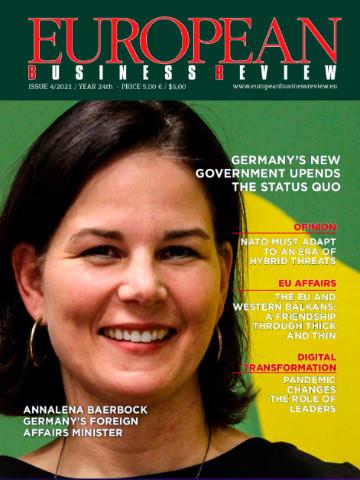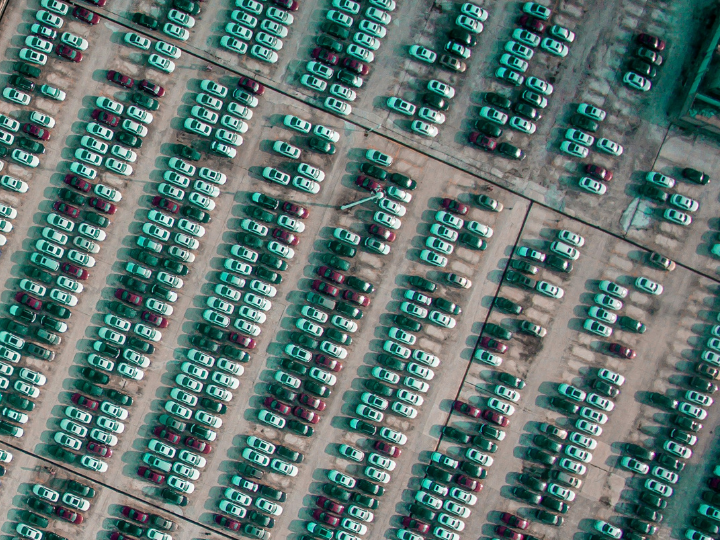More than its snow-capped mountains and nifty, collapsible army knives, Switzerland is perhaps best known for its system of democracy

Switzerland’s Federal Constitution was completely changed in 1874. The importance of the cantons was lessened in favour of the country’s central administration. People moving between cantons were given full voting rights after three months, which was beneficial to those moving from rural areas to big cities at the time, and referendums at a federal level were introduced. The revision of the constitution had to be voted on too, of course, and was approved with 63% of the vote.
by
Micol Lucchi*
Known as "direct" democracy, it’s a legal framework that enables all Swiss citizens over the age of 18 to vote on how the country is run.
The system has some high-powered admirers. France’s newly elected President Emmanuel Macron has said he wants a similar system of referendums in place for French voters. But it can also produce unexpected results, such as a veto on the building of minarets or a proposal for all cars to be banned from the roads on Sundays.
Here are a few other facts about Switzerland’s political system:
- Switzerland has a population of 8.2 million people, of which 24% are foreign nationals, spread across 26 cantons.
- The fundamental principle of direct democracy is that all citizens take part in decision-making and there’s a strong respect for minorities. Unfortunately, this wasn’t extended to women, who were not given the vote until 1971 (and even until 1991 in the case of one canton).
- In the canton of Appenzell Innerrhoden, the People’s Assembly (Landsgemeinde) still chooses its representative in the Council of States by a show of hands.
- The government, also called Federal Council, is the executive power. It is composed of seven Federal Councillors from several Swiss political parties, which are elected by the Federal Assembly every four years and share the duties of a head of state. Federal Councillors rotate and every year one takes on the role of president.
- The Swiss political scene is dominated by four main parties: the Swiss People’s Party, the Social Democrats, the Liberals and the Christian Democratic Party.
- In recent years, the Green Party has emerged, as well as a small number of minority parties. The “Anti PowerPoint Party”, for example, was a political party in Switzerland that worked to decrease the use of PowerPoint in professional presentations. They claimed that PowerPoint software was economically harmful.
- Popular votes can be held up to four times a year. The Federal Council decides a couple of months in advance which proposals will be voted on and releases the dates of the votes even earlier. Currently all the dates have been fixed from now until 2034.
A rich backstory
The democratic roots of Switzerland travel in many directions and cross several centuries. During the Renaissance, humanists striving for freedom from Rome offered different interpretations to religion that were closer to the needs of people and political independence. The three main reformist streams – represented by John Calvin, Ulrich Zwingli and Erasmus of Rotterdam – also show the roots of direct democracy in the country’s religious past, as they veer from an intransigent theology to an open and humanistic outlook.
Centuries later, Friedrich Schiller celebrated the fight for Swiss independence from foreign occupiers in his masterpiece William Tell, which underpins a bottom-up democracy. Meanwhile, some cantons such as Ticino decided to join the Confederation just to enjoy religious freedom after the Napoleonic wars.
Switzerland’s Federal Constitution was completely changed in 1874. The importance of the cantons was lessened in favour of the country’s central administration. People moving between cantons were given full voting rights after three months, which was beneficial to those moving from rural areas to big cities at the time, and referendums at a federal level were introduced. The revision of the constitution had to be voted on too, of course, and was approved with 63% of the vote.
The instruments of direct democracy
There are three instruments of direct democracy, all types of referendum: mandatory, popular initiative and optional. A vote must be held on any amendment to the constitution resulting in a mandatory referendum. A double majority, meaning the consent of a majority of the people and of the cantons is required to amend the country’s constitution.
Citizens can launch a popular initiative to demand a change to the constitution. Any Swiss citizen who is eligible to vote can sign a popular initiative and a group of at least seven citizens (the initiative committee) can launch their own popular initiative. Before a vote is held on a popular initiative, the initiative committee must collect 100,000 valid signatures in favour of the proposal within a period of 18 months.
The Federal Council and Parliament will recommend whether the proposal should be accepted or rejected. For the proposal to be accepted a double majority is needed. If it is accepted, new legislation or an amendment to existing legislation is normally required to implement the new constitutional provision.
Popular initiatives were introduced at federal level in 1891. Two hundred popular initiatives have been voted on since then, but only 22 have been accepted. In 2016, a popular initiative to give everyone in the country a basic income made it to the referendum stage, but was rejected by 76.9% of voters. A popular initiative proposing six weeks of holiday a year for workers was also rejected at the polls.
One of the closest votes in recent history was in 2002 in a popular initiative referendum, started by the right-wing Swiss People’s Party. Less than 50.1% of voters rejected proposals to curb the number of asylum seekers entering the country – just 3,000 more than those who were in favour of the initiative.
Power to the people
While parliament passes new legislation and amendments to existing legislation, citizens can call for a referendum on new laws and against certain international treaties. This right to request an optional referendum is an important element in Swiss direct democracy.
For such a referendum to be held, either eight cantons must request it (this is a cantonal referendum) or 50,000 signatures from eligible voters must be collected within 100 days. The new law comes into force if a majority of those voting say yes (a simple majority). If the majority vote no, the current law continues to apply. This type of referendum was introduced in 1874. Since then, 180 optional referendums have been held, 78 of which have been unsuccessful.
But how do Swiss citizens feel about this democratic system, which relies on greater involvement from the electorate? Roughly 65% of Swiss citizens are satisfied with their government, according to Cheryl A. Fain’s book Modern Direct Democracy in Switzerland and the American West. Nevertheless, according to Idea International, Swiss voter turnout in 2015 amounted to just 48.4% of the eligible electorate.
But Stefan Rey, from the Institute of Political Science at Zurich University, claims that democracy gives people more satisfaction, even if they don’t exercise their rights. Direct democracy has a curious effect on voter turnout – it seems the more of a voice people have, the less often they turn out to vote.
*Swiss Public Affairs Specialist, World Economic Forum
**First published in www.weforum.org



 By: N. Peter Kramer
By: N. Peter Kramer

